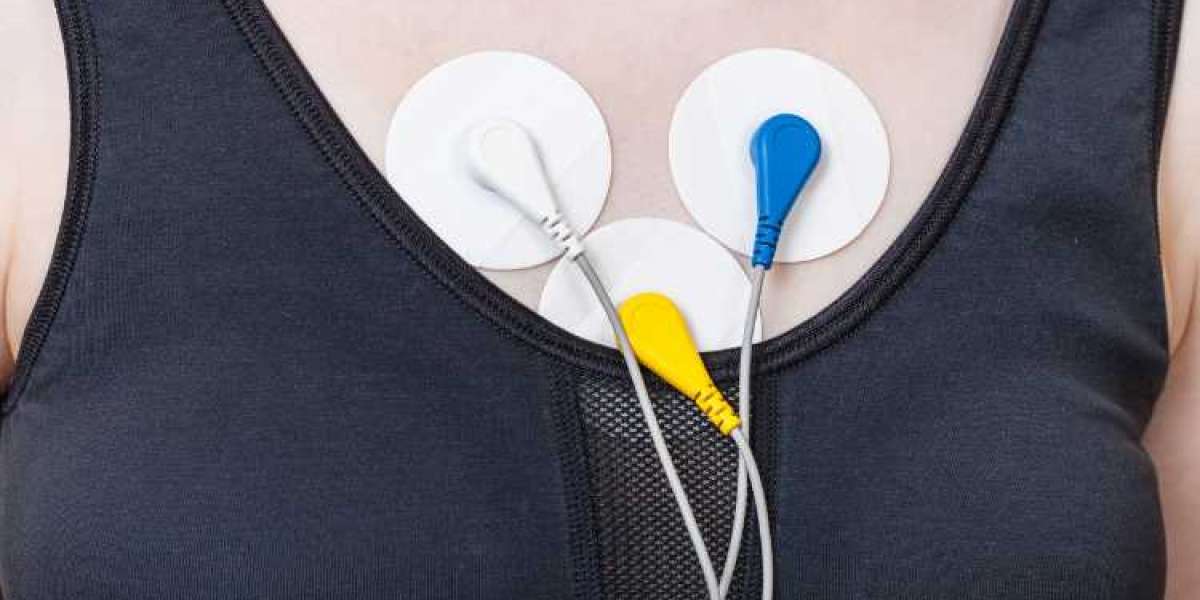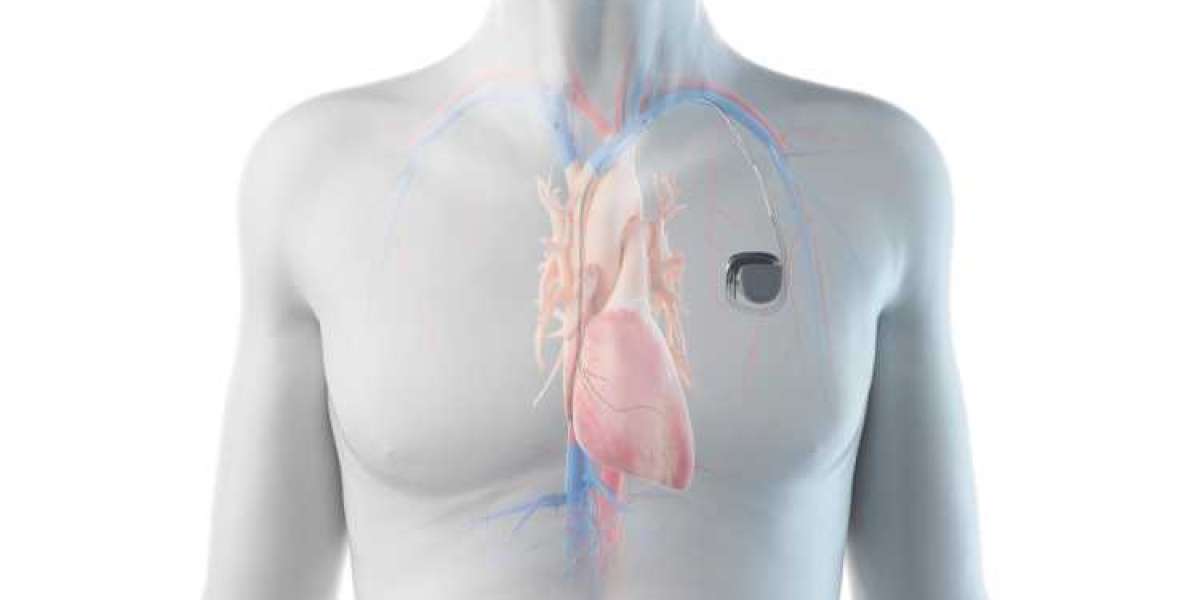Global Cardiac Holter Monitor Market Analysis
The global cardiac Holter monitor market is projected to reach USD 1,276.43 million by 2032, up from USD 692.33 million in 2023. This growth is anticipated at a compound annual growth rate (CAGR) of 7.03% from 2024 to 2032. Several factors are driving this expansion, including the rising prevalence of atrial fibrillation, an aging population, increasing rates of cardiovascular disorders, a shift towards ambulatory monitoring devices, and favorable regulatory policies.
Cardiac Holter Monitor Industry
A cardiac Holter monitor is a compact, portable device designed to continuously monitor the heart's rhythm and rate over an extended period, typically 24 to 48 hours. Unlike an electrocardiogram (ECG), which records heart rhythm for a few minutes, a Holter monitor provides a comprehensive picture of heart activity over a longer timeframe. This extended monitoring is essential for detecting arrhythmias and other heart conditions that may not be captured during brief ECG assessments. Powered by a battery that can last up to a month, Holter monitors are particularly effective for identifying infrequent arrhythmias.
Growth Factors of the Cardiac Holter Monitor Industry
Increasing Prevalence of Cardiovascular Diseases: The demand for Holter monitors is rising due to their effectiveness in diagnosing heart diseases. These devices are crucial for continuous heart monitoring, aiding in early detection and management of cardiac conditions. Technological advancements have improved the accuracy and ease of using Holter monitors, making them prevalent in both clinical and home care settings. For instance, the CDC reported in June 2022 that 20% of individuals with COVID-19 experience long-term impacts, with coronary artery disease (CAD) being a significant concern in the U.S. This growing prevalence of CAD suggests a future increase in market demand for Holter monitors.
Aging Population Worldwide: The global elderly population is expanding, increasing the need for continuous cardiac monitoring solutions. Older adults are more susceptible to cardiovascular issues due to age-related changes in the cardiovascular system. Holter monitors offer a means to track heart activity over extended periods, identifying irregularities that may not be apparent during routine check-ups. With the proportion of individuals aged 65 and older expected to rise from 9% in 2019 to 16% by 2050, there is a growing demand for reliable, non-invasive cardiac monitoring technologies to support the elderly in managing cardiovascular health.
Integration with Digital Health Technologies: The integration of Holter monitors with digital health platforms and mobile applications allows for real-time remote monitoring of cardiac activity. This advancement enables healthcare providers to analyze data remotely, providing timely interventions and personalized care plans. Patients benefit from continuous heart monitoring and improved engagement with their healthcare providers. For example, in February 2021, Remo Care Solutions launched Remo Cardia, a remote cardiac monitoring system leveraging artificial intelligence to track and analyze vital signs, poised to significantly impact the market for remote cardiac monitoring systems.
Asia Pacific Cardiac Holter Monitor Market
In the Asia Pacific region, the demand for continuous and non-invasive cardiac monitoring solutions is increasing due to the rising prevalence of cardiovascular diseases. Holter monitors are vital for long-term monitoring and timely management of cardiac irregularities. Technological advancements, including improved battery life, enhanced data storage, and wireless connectivity, contribute to the development of more efficient and user-friendly Holter monitors.
China, in particular, faces a growing incidence of cardiovascular diseases due to aging, rising obesity rates, and worsening air pollution. With approximately 330 million people affected by cardiovascular conditions in China, there is a heightened demand for effective monitoring solutions. Similarly, smoking-related cardiovascular health issues in the Asia-Pacific region, including approximately 1 million annual deaths, highlight the need for advanced monitoring systems. The rising prevalence of cardiovascular disease diagnoses and technological progress in home-based and remote monitoring systems further support the market's growth in this region.
Global Cardiac Holter Monitor Company Analysis
Leading companies in the global cardiac Holter monitor market include General Electric Company (GE), Nihon Kohden Corporation, Hill-Rom Holdings, Inc., OSI Systems, Inc., Boston Scientific Corporation, Koninklijke Philips N.V., Medtronic plc, and Irhythm Technologies Inc.
Global Cardiac Holter Monitor Company News
Nov 2022: DMS-Service introduced a patch for continuous ECG data recording to monitor heart health across all age groups.
April 2022: Prisma Health and Royal Philips partnered to standardize patient monitoring and promote imaging technology innovation.
April 2022: Medtronic released new artificial intelligence algorithms for heart monitoring in Europe.
Nov 2021: Philips acquired Cardiology, a French medical technology startup specializing in AI and cloud computing, aiming to revolutionize cardiac diagnosis.
Product Type– Market breakup in 3 viewpoints:
- Wired Monitor Device
- Wireless Monitor Device
- Software
Lead Type– Market breakup in 5 viewpoints:
- 1-Channel
- 2-Channel
- 3-Channel
- 12-Channel
- Others
End Use– Market breakup in 3 viewpoints:
- Hospitals
- Ambulatory Surgical Centers
- Others
Country – Market breakup of 25 Countries:
- North America
1.1 United States
1.2 Canada
- Europe
2.1 France
2.2 Germany
2.3 Italy
2.4 Spain
2.5 United Kingdom
2.6 Belgium
2.7 Netherland
2.8 Turkey
- Asia Pacific
3.1 China
3.2 Japan
3.3 India
3.4 South Korea
3.5 Thailand
3.6 Malaysia
3.7 Indonesia
3.8 Australia
3.9 New Zealand
- Latin America
4.1 Brazil
4.2 Mexico
4.3 Argentina
- Middle East Africa
5.1 Saudi Arabia
5.2 UAE
5.3 South Africa
All the key players have been covered from 4 Viewpoints:
- Business Overview
- Sales Analysis
- Product Portfolio
- Recent Development Strategies
Key Players Analysis:
- General Electric Company (GE)
- Nihon Kohden Corporation
- Hill-Rom Holdings, Inc.
- OSI Systems, Inc.
- Boston Scientific Corporation
- Koninklijke Philips N.V.
- Medtronic plc
- Irhythm Technologies Inc








